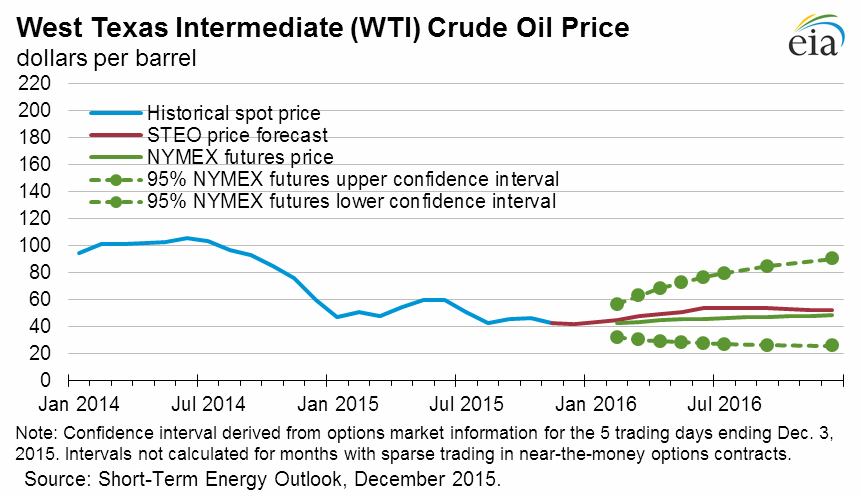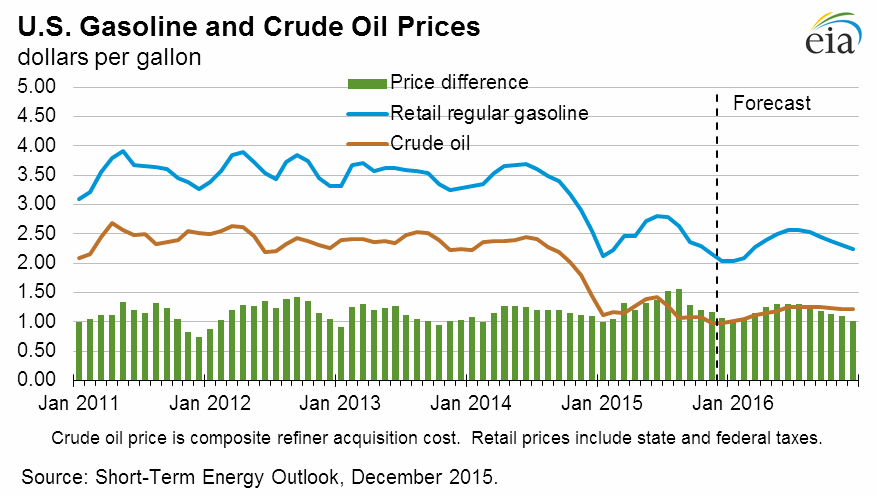This article was published in Scientific American’s former blog network and reflects the views of the author, not necessarily those of Scientific American
The price of oil is sitting low as 2015 draws to a close. On Monday, Brent crude slid to $36.04 per barrel, its lowest price in 11 years. These prices will certainly challenge efforts for reducing the use of this fossil fuel (and its associated carbon emissions) going forward, though policies and technological advances might help.
In 2014, the price of oil rose to over $100 per barrel and the price at the pump went with it. But, these higher prices would be short-lived as supply outstripped demand and some major producers decided against reducing oil production levels in favour of protecting their market share. In turn, oil prices have dropped below those seen during the country’s last major recession (i.e. 2008-2009).

On supporting science journalism
If you're enjoying this article, consider supporting our award-winning journalism by subscribing. By purchasing a subscription you are helping to ensure the future of impactful stories about the discoveries and ideas shaping our world today.

Some had hoped to see oil prices rise before the end of 2015. Instead, they saw prices dip below $60… then $50… then $40 per barrel.
This declining trend in oil prices has been good for consumers across the nation. The average price at the pump for gasoline is now below $2 per gallon for the first time since 2009. According to data from AAA, these low prices have saved consumers more than $115 billion on their gasoline purchases in 2015.
At the same time, low oil prices are challenging efforts to reduce oil consumption in the United States. In 2012, the Obama Administration increased the country’s Corporate Average Fuel Economy (CAFE) standards in an effort to encourage increasing efficiency and support decreased oil consumption. Technological advances, including improvements in battery technologies and hybridization, are supporting progress in this area.
But, while the fuel economy of the nation’s transportation sector is on the rise, some of these savings are being negated as drivers travel further. According to the Energy Information Administration (EIA), gasoline consumption in the United States rose by 3% in the first 9 months of 2015 as prices dropped.
The International Energy Agency has said that this supply/demand mismatch will eventually “rebalance” itself. In turn, production levels will decrease and the price of oil will rise. But, it is unclear when this process might happen and what a rebalanced oil price might eventually be.
In the meantime, low prices will challenge efforts to reduce oil use (and its associated carbon emissions) as the world moves into the post-Paris Agreement era.